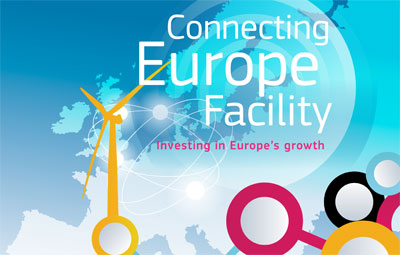Commission welcomes agreement on Connecting Europe Facility
05/07/2013

Siim Kallas, Commission Vice-President responsible for transport, welcomes the agreement reached on 27 June between the Commission, the Council and the Parliament on the Connecting Europe Facility, a key proposal for achieving the objectives of the Europe 2020 Strategy and the most innovative element of the next multiannual financial framework. This Facility will help to build the railways, inland waterways, ports, electricity grids and gas pipelines. It will also contribute to the Digital Single Market that is so important to our citizens and businesses. The financial envelope for the implementation of the Connecting Europe Facility for the period 2014 to 2020 has indicatively been agreed to be EUR 29 299 million including EUR 10 000 million that will be transferred from the Cohesion Fund.
Vice-President Kallas said: "The Connecting Europe Facility is a perfect demonstration of the value added that Europe can provide. We are closing the missing links in Europe's infrastructure networks that otherwise would not be built. The new EU infrastructure policy aims at creating a real network and no longer focuses on isolated projects. Core network corridors will be created as a way to promote the coordinated development of infrastructure and resource-efficient ways of using it. We will therefore transform the existing patchwork of European roads, railways, airports and canals into an integrated multi-modal transport network."
Transport funding allocated under the Connecting Europe Facility of the MFF (Multi-Annual Financial Framework) will effectively act as "seed capital" to stimulate further investment by Member States to complete difficult cross-border connections and links which might not otherwise get built. Transport financing under the Connecting Europe Facility (for the period 2014–2020) will focus on the core transport network, filling in cross-border missing links, removing bottlenecks and making the network smarter.
The recent agreement on the trans-European transport network (IP/13/478) establishes a core transport network to act as the backbone for transportation within the Single Market. The new core TEN-T network will be supported by a comprehensive network of routes, feeding into the core network at regional and national level. This will largely be financed by Member States, with some EU transport and regional funding possibilities, including with new innovative financing instruments.
Today's agreement on CEF must still be formally approved by the European Parliament and Council.
For more information:
http://ec.europa.eu/transport/themes/infrastructure/index_en.htm


